It’s not a stretch to say the Montreal Canadiens’ 2022-23 season isn’t going as expected, with the Habs in the middle of the standings. Heading in, it was clear the Habs are rebuilding, but an 8-8-1 record to start the season has many suggesting they should do whatever it takes to make the playoffs.
There’s obviously a case to be made to that effect. Regardless, it’s fairly clear general manager Kent Hughes acquired assets specifically for the purposes of trying to gain additional futures by the trade deadline. That implies they’ll be sellers. Just because plans can change doesn’t mean they shouldn’t, looking at the big picture.
Related: Canadiens Face Easy Choice Between Dvorak and Monahan
Furthermore, it’s fairly clear this team is not built to win now. After all, the Canadiens have an inexperienced defense that is giving up a 22nd-ranked 33.5 shots per game in front of a goaltending tandem that doesn’t comprise a goalie capable of being a No. 1 (in Hughes’ own eyes). It’s also fairly clear the Canadiens will regress eventually as a result.
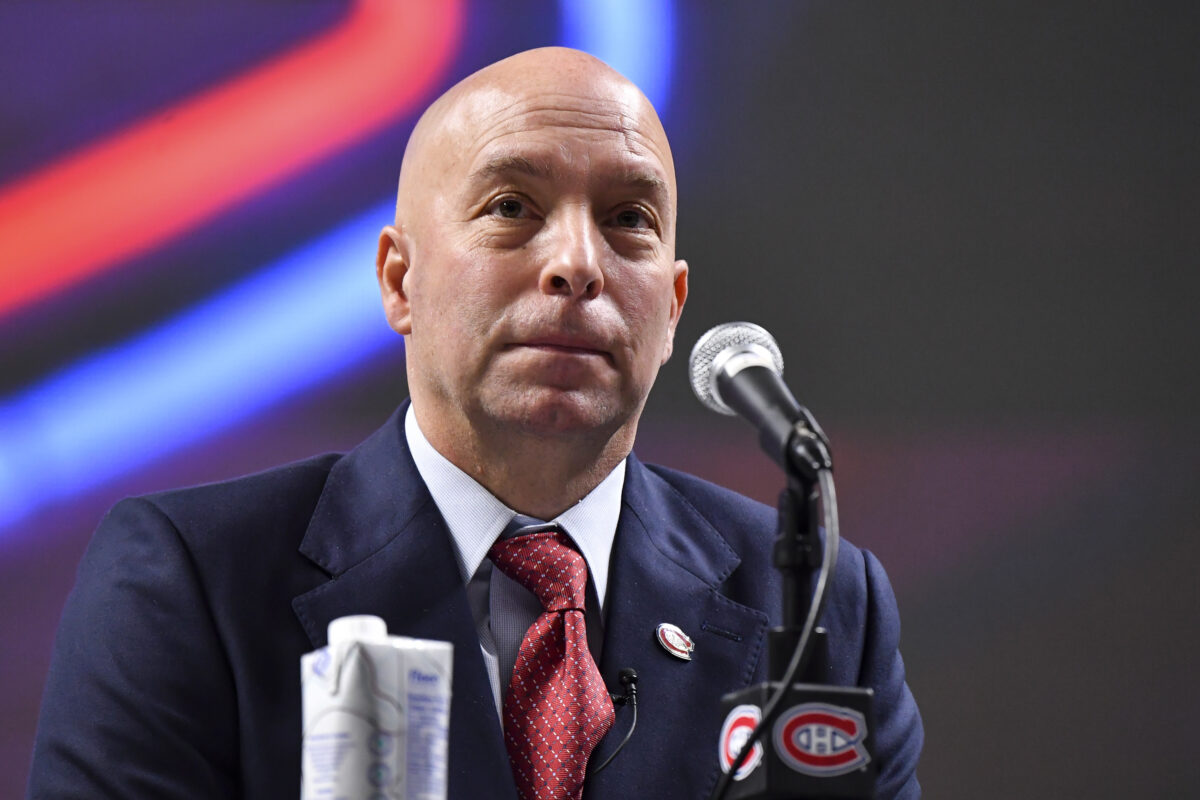
However, it’s also not so simple as letting fate step in. If the Canadiens do choose to stick to their obvious original plan, they have to contend with other teams destined to drop to the bottom of the standings, many with similar intentions that are even more explicit ahead of a stacked NHL Entry Draft that features three projected generational talents in Connor Bedard, Adam Fantilli and Matvei Michkov.
Here are the top (or bottom) five in what amounts to a sort of reverse set of power rankings:
5. Vancouver Canucks (currently 31st 5-9-3)
Power play: 29.5%
Penalty kill: 63.8%
Goals for per game: 3.41
Goals against per game: 4.06
Key Injuries so far: Brock Boeser, Tanner Pearson, Tyler Myers
The Canadiens have first-hand experience dealing with the Vancouver Canucks, almost literally the way the Habs beat them 5-2 on Nov. 9. At least the Canucks can say the Habs built up an insurmountable four-goal lead to start. In some ways, it’s a nice change of pace from how their season has been going so far, in which the Canucks have blown multi-goal leads left, right and centre, earning a dubious historical distinction in the process.
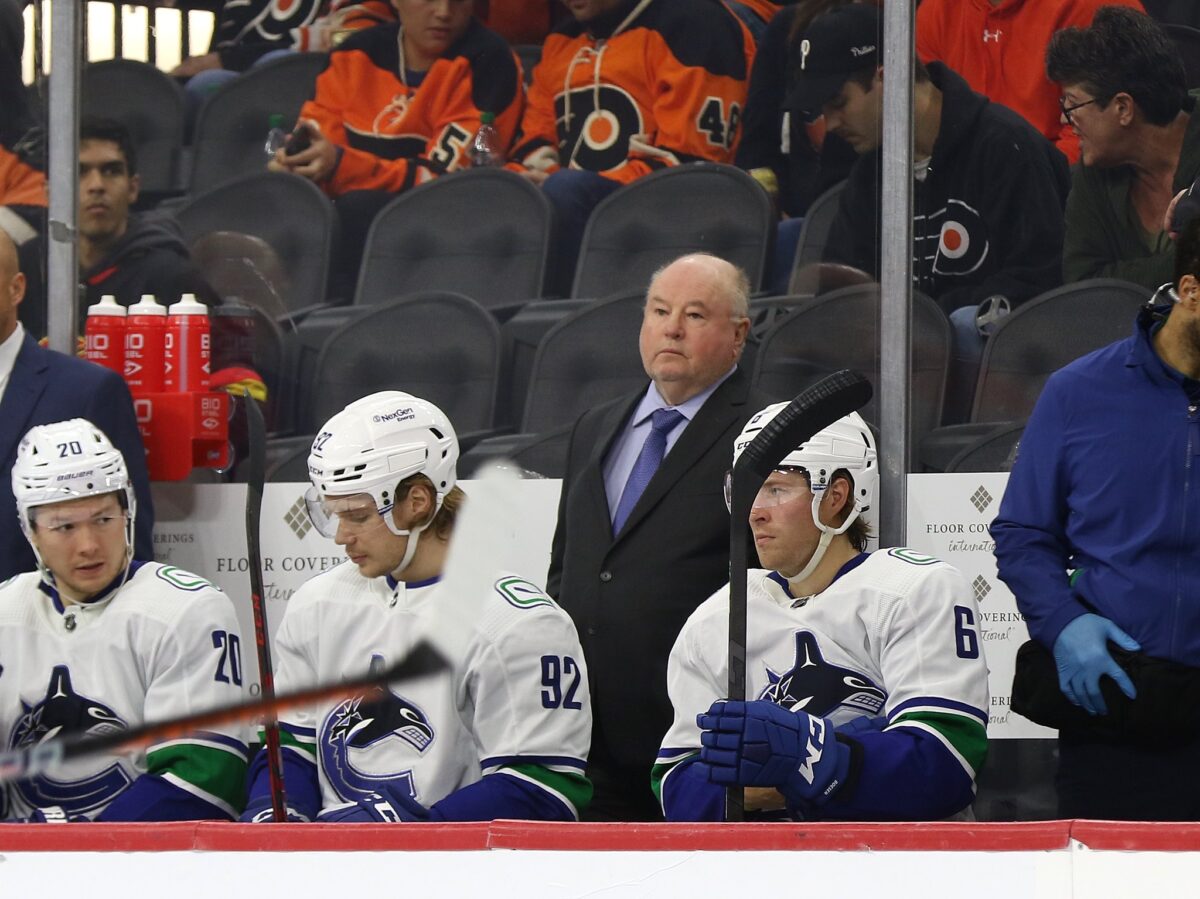
Even so, the Canucks’ have too high-powered of an offense on paper to be kept down all season long. You have to believe eventually they’ll get their act together, especially if goalie Thatcher Demko does in his own right, with an almost unsustainably bad 1-8-2 record, 4.02 goals-against average and .874 percentage. Following two straight seasons of .915, he’s better than that. So are the Canucks.
4. Columbus Blue Jackets (30th at 6-9-1)
Power play: 10.3%
Penalty kill: 77.8%
Goals for per game: 3.06
Goals against per game: 4.31
Key Injuries so far: Jake Bean, Patrik Laine, Jakub Voracek, Zach Werenski
The Canadiens obviously have experience facing the Blue Jackets as well, even more recently, losing 6-4 to them on Nov. 17. However, considering how the Blue Jackets’ season has gone so far, it might not necessarily be a sign of things to come. Again, similar to with the Canucks, many envisioned the Blue Jackets being more successful than they have been up to this point, especially following the splash they made in free agency this past summer, signing arguably the biggest name available in Johnny Gaudreau.
Combined with Patrik Laine re-signing at $8.7 million per season though, the Blue Jackets had to find cap space. Ultimately, in a move that was widely publicized, but whose ultimate impact might have flown somewhat under the radar, the Blue Jackets proceeded to trade one of their previous top offensive weapons in Oliver Bjorkstrand for cents on the dollar.
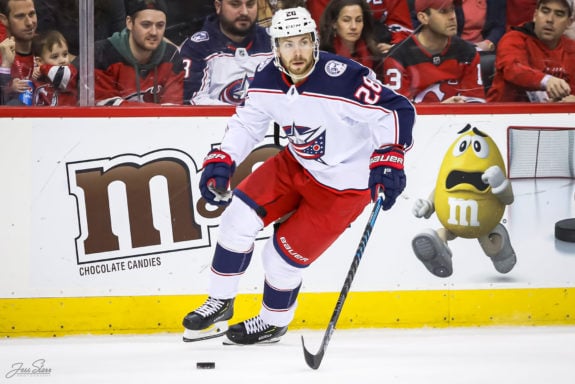
Partly as a result, the Blue Jackets’ offense has faltered. Of course, Laine missing games earlier this season has been a contributing factor as well. The fact that he’s since been placed on injured reserve (IR) won’t be helping. Ditto with defenseman Zach Werenski now out for the remainder of the season. The unfortunate irony is, with the resulting cap space, the Blue Jackets could have theoretically kept Bjorkstrand on the roster (not that the Blue Jackets could have planned for all the injuries currently ailing them).
3. Arizona Coyotes (29th at 6-9-1)
Power play: 27.6%
Penalty kill: 81.8%
Goals for per game: 2.56
Goals against per game: 3.63
Key Injuries so far: Jakob Chychrun, Nick Schmaltz
The Arizona Coyotes are probably doing better than most expected, which in one way hints at how bad on paper they are, seeing as they’re still just 6-9-1. And, in the papers, it’s been widely documented how they‘re also the team playing their home games at a drastically underseated arena, which further hints at where things may be headed for them in the standings, i.e., south.
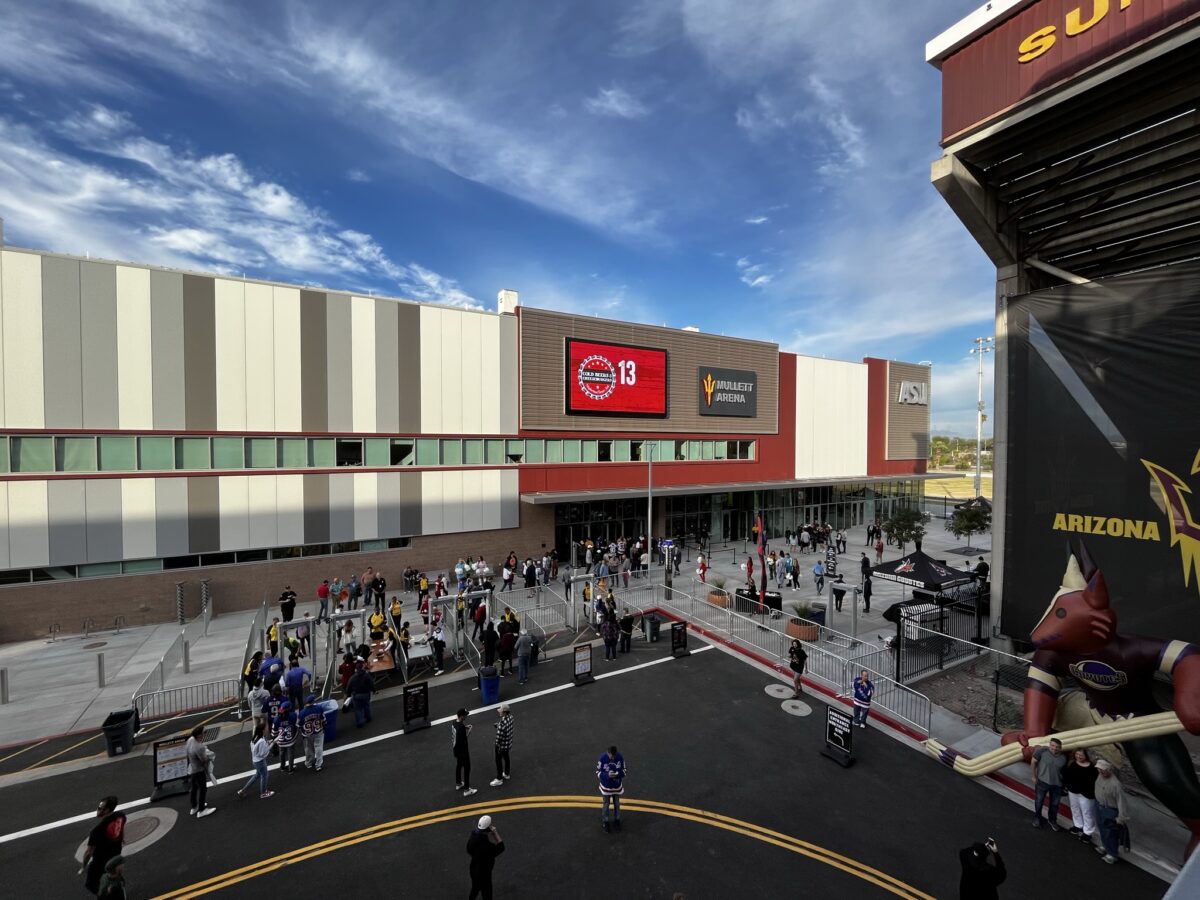
As much as fans and teams may be warming to the experience at the 5,000 seat Mullett Arena, it still puts the Coyotes at a drastic disadvantage as far as home ice is concerned. At 1-2-1 at home so far, the Coyotes have played most of their games on the road. So, it may take some time for it to catch up to them, but, combined with their inexperienced goaltending and unbalanced attack (and based on their underwhelming 5-7 road record), you have to believe it will.
2. Anaheim Ducks (32nd at 5-11-1)
Power play: 10.6%
Penalty kill: 64.5%
Goals for per game: 2.65
Goals against per game: 4.24
Key Injuries so far: Jamie Drysdale, Kevin Shattenkirk
You admittedly can’t have a list of the top contenders for last place without including the team that’s currently in last place, and that’s the Anaheim Ducks.
The Ducks may have goaltending in John Gibson. However, when Gibson’s playing behind a blue line that’s arguably the “worst on defense in franchise history” (from “These Anaheim Ducks might be the worst on defense in franchise history,” The Athletic, Nov. 13, 2022), he can’t do all that much, especially seeing as he hasn’t posted decent numbers on similar non-playoff teams the last few seasons. Even if he were at his peak, which he isn’t, he’s only one man.
Ditto for defenseman John Klingberg, who fumbled free agency to sign a one-year deal with the Ducks to prove himself. With Kevin Shattenkirk and Jamie Drysdale on IR, the situation on defense is pretty dire. Meanwhile, up front, the Ducks may boast mid-round revelation Troy Terry and young guns Mason McTavish and Trevor Zegras, but there are clearly still some growing pains to suffer through over the next few years.
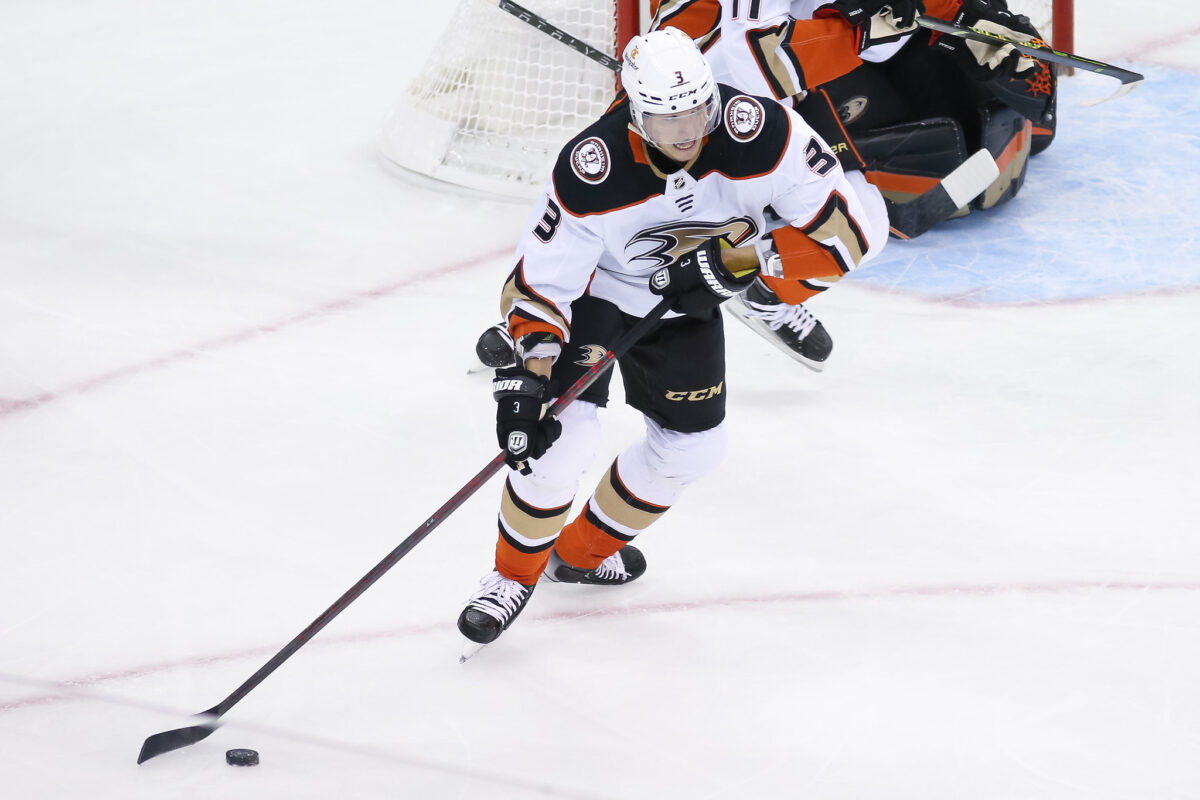
Core components like Hampus Lindholm, Josh Manson and Rickard Rakell were traded on expiring deals last season, hinting at GM Pat Verbeek acknowledging the tough times ahead. Look for more of the same in 2022-23.
1. Chicago Blackhawks (25th at 6-7-3)
Power play: 22.5%
Penalty kill: 76.7%
Goals for per game: 2.50
Goals against per game: 3.13
Key Injuries so far: Tyler Johnson, Seth Jones, Petr Mrazek, Alex Stalock
No team has embraced tanking quite like the Chicago Blackhawks, with GM Kyle Davidson having shipped out Alex DeBrincat and, as Habs fans know quite well, Kirby Dach. DeBrincat, coming off his second 41-goal season, is only set for restricted free agency next summer, as a 24-year-old. Dach is just a few years removed from being selected third overall.
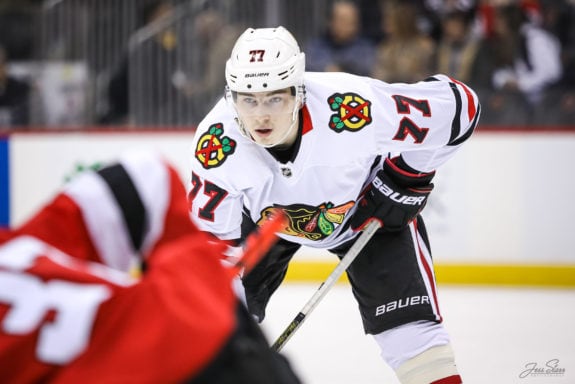
Together, they are two of the team’s five top-eight scorers from the 2021-22 Blackhawks season no longer with the team. Another, defenseman Seth Jones is out up to a month with a right-thumb injury. You have to believe it’s not what Davidson hoped for, but he’ll be able to live with the loss. When Jack Johnson is leading your team in ice time with Jones out, the results are unlikely to be sustainably good, all due respect to the journeyman defenseman.
After all, at 6-7-3, the Blackhawks are exceeding expectations like the Canadiens. Unlike with the Canadiens though, Blackhawks management has shown a willingness to trade away core pieces. That isn’t to say it’s wrong on the part of Hughes to keep veterans who realistically won’t figure into the picture a few seasons from now on the roster. It’s one approach. Davidson seems to be taking quite another, going to extremes to secure a high draft pick.
So, some may see the Blackhawks and Canadiens as two teams going in two directions. Maybe they’re right, but some food for thought: Even though the Blackhawks are ranked first on this list as the biggest competition at the bottom of the standings the Canadiens have, they are the ones with the highest ranking in the standings right now. It’s still early in the season, in other words. A lot can change. And, while only three points separate the Canadiens from the second Eastern Conference wild-card spot heading into Friday night, only two points separate the Habs from the Blackhawks.
They say American Thanksgiving is the point at which you have a good idea which teams are playoff-bound and which aren’t. In the Habs’ case, it probably represents a fork in the road. It won’t take long for Habs fans to know which way Hughes and company are intent on going.
